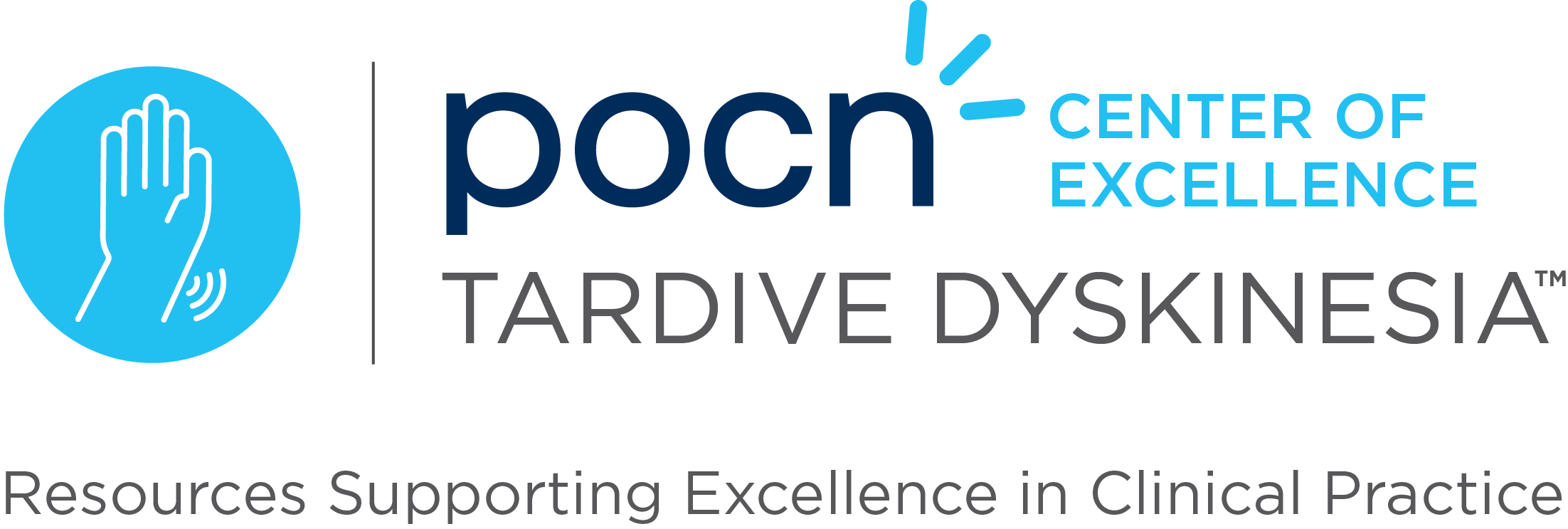Researchers of a study looked into psychostimulants, a group of substances that have effects similar to amphetamine, methamphetamine, cocaine, or cathinone, highlighting connections between psychostimulant use and movement disorders.
The researchers noted that psychostimulant-related movement disorders are a known issue seen in emergency departments worldwide. Chronic and permanent movement disorders are less commonly encountered but can manifest as a combination of symptoms such as agitation, tremor, hyperkinetic and stereotypical movements, cognitive impairment, hyperthermia, and cardiovascular dysfunction. The underlying mechanisms of these disorders involve monoaminergic signaling, particularly dopamine, but other pathways are also involved. Researchers concluded that there are common mechanisms that connect the use of psychostimulants and various movement disorders.
Reference: Asser A, Taba P. Psychostimulants and movement disorders. Front Neurol. 2015;6:75. doi:10.3389/fneur.2015.00075



